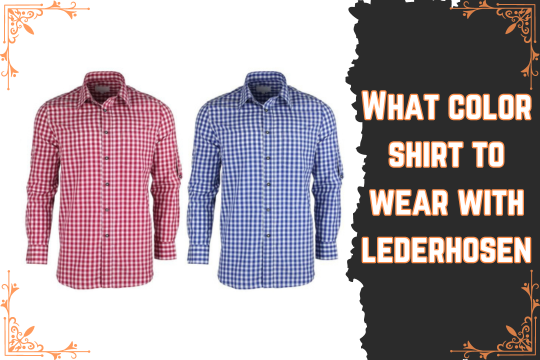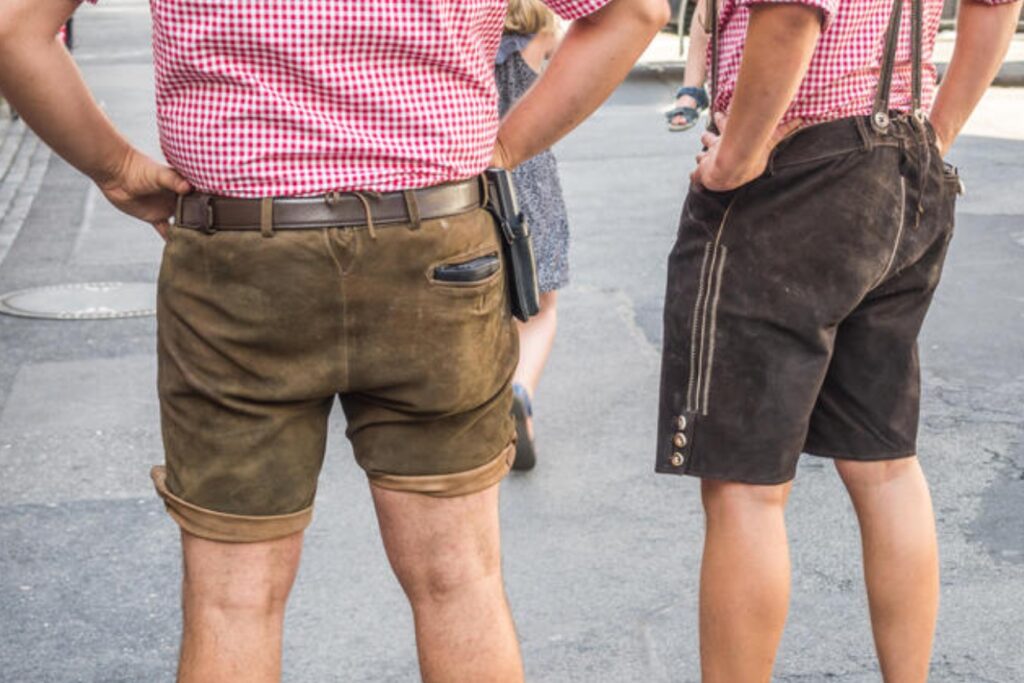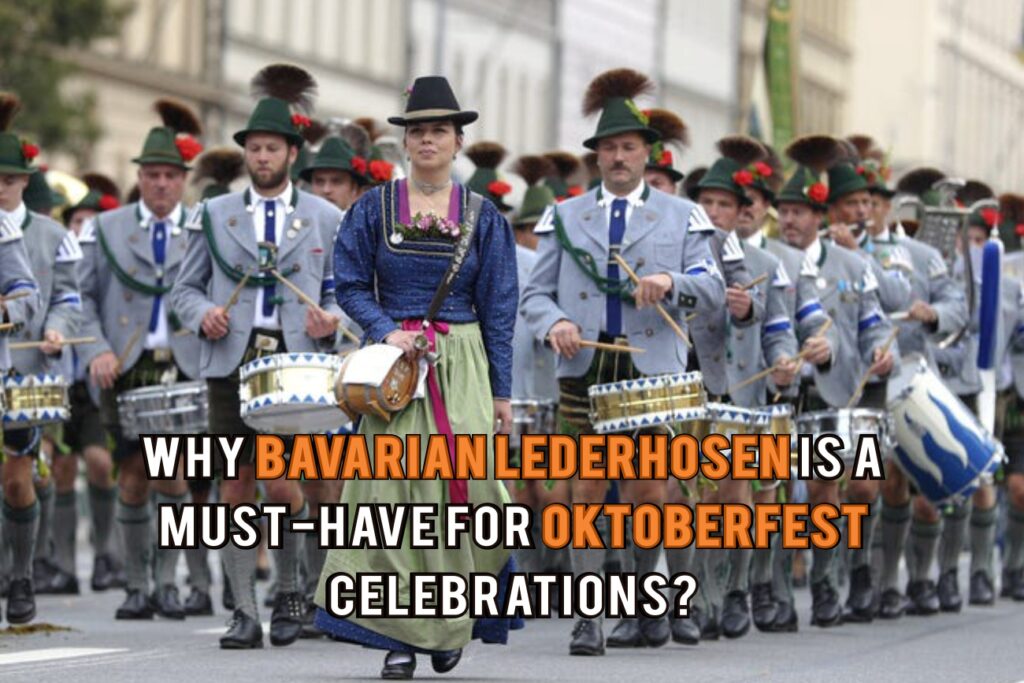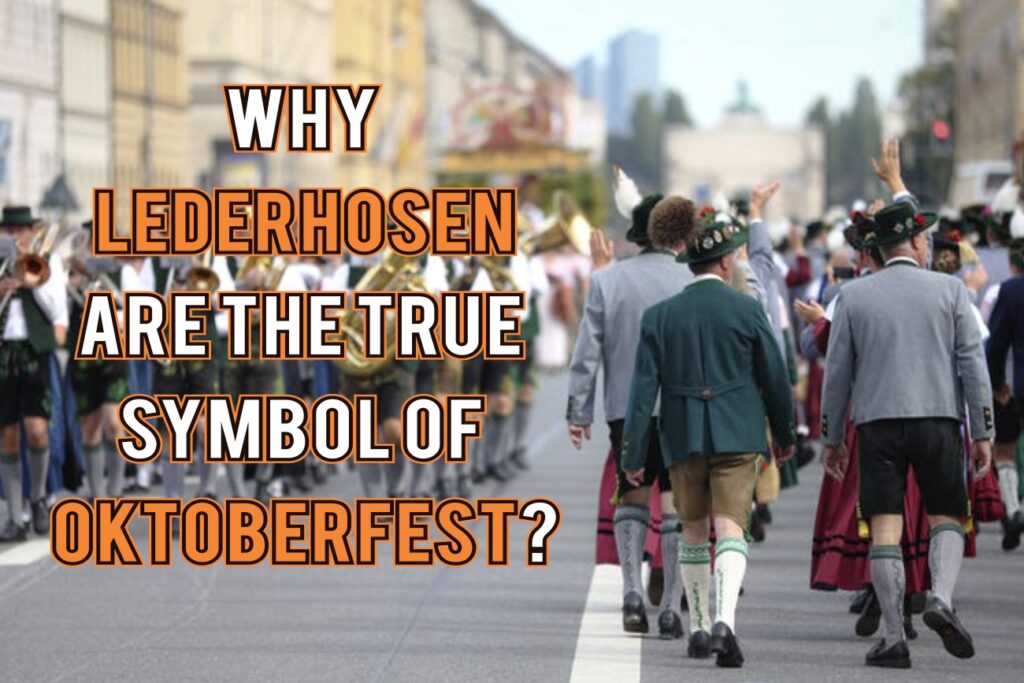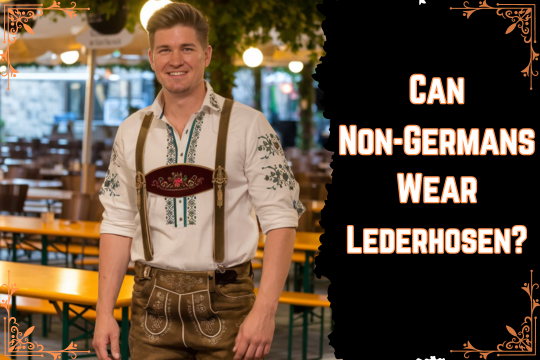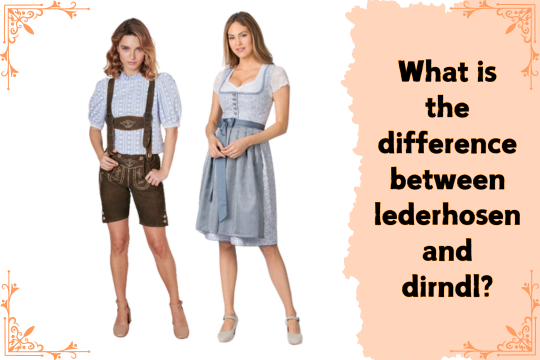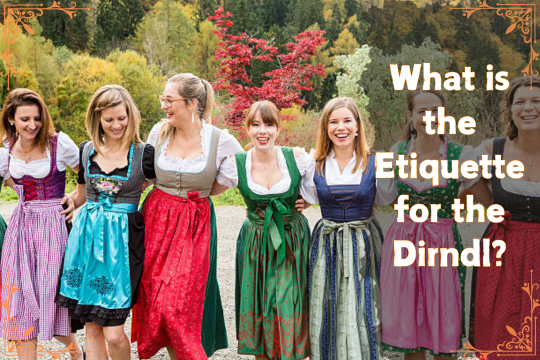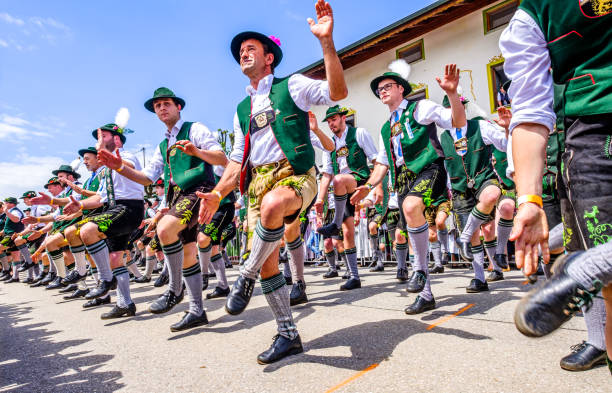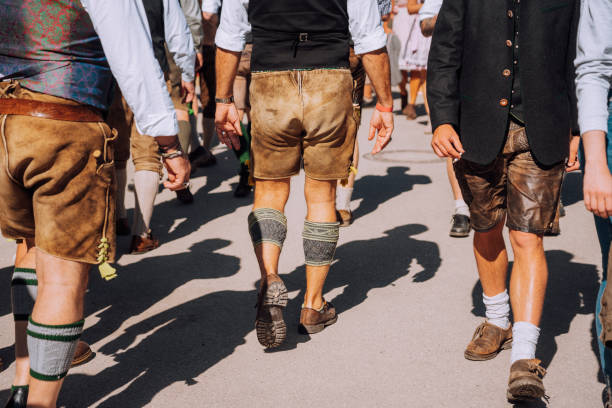Discover the perfect color shirt to wear with lederhosen outfit. Explore options like red, blue, and green checkered shirts for authentic Bavarian style! Choosing the right lederhosen shirt can elevate your entire Lederhosen outfit, be it for Oktoberfest or any other occasion. While German lederhosen comes in various styles, the classic combination features a checkered shirt (also known as a bavarian trachten shirt or bavarian checkered shirt).
This guide will help you find the perfect lederhosen shirt color to complement your chosen lederhosen.
The Magic of the Checkered Shirt
The checkered shirt is a timeless element of the Lederhosen ensemble. The pattern adds a touch of personality and complements the rustic charm of the leather breeches. Traditionally, the checks were in neutral colors like red, white, and blue. However, modern interpretations allow for a wider range of colors.
Choosing Your Lederhosen Shirt Color:
Let’s delve into some popular lederhosen shirt color options and how they pair with different lederhosen styles:
1. Red Checkered Shirt:
A classic and festive choice, the red checkered shirt adds a vibrant touch to your outfit. It pairs well with brown lederhosen, the most common type. This combination is perfect for capturing the spirit of Oktoberfest. For a more subdued look, consider a darker shade of red or a smaller check pattern.
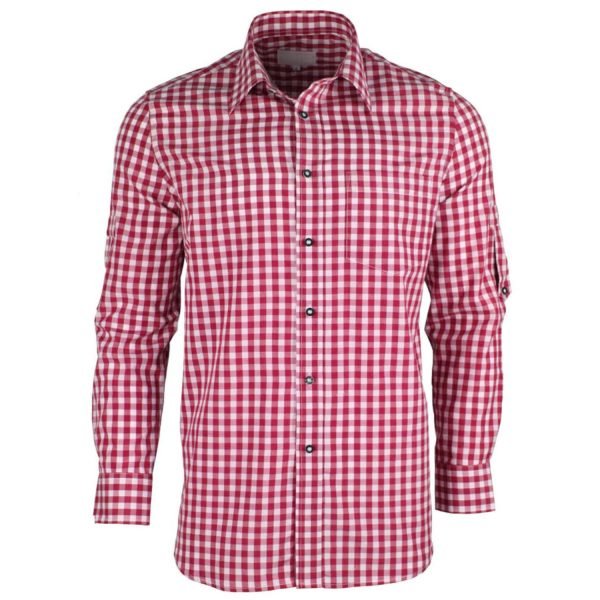
Great news! You already have this option in your wardrobe.
2. Blue Checkered Shirt:
Blue checkered shirts offer a more versatile option. A light blue checkered shirt complements various shades of brown lederhosen. For a more distinct look, try a royal blue checkered shirt with black lederhosen. Blue tones also work well with green or gray lederhosen (if you plan on expanding your collection).

This is another great option you have available!
3. Purple Checkered Shirt:
Purple checkered shirts add a touch of nature-inspired flair to your lederhosen outfit. A purple checkered shirt pairs well with lighter shades of brown lederhosen. Darker green checks can complement black lederhosen for a more sophisticated look.
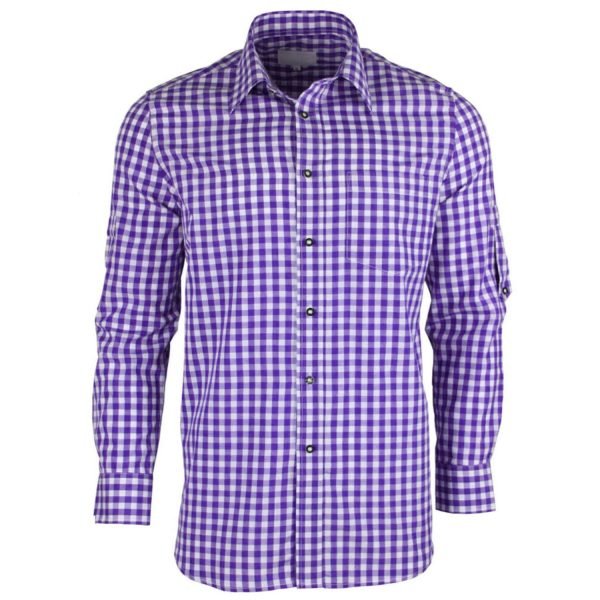
Beyond the Basics:
While these are popular choices, the world of lederhosen shirts isn’t limited to just red, blue, and green. Depending on the occasion and your personal style, you can explore other colors like yellow, purple, or even a subtle gingham pattern.
Pro Tip: When choosing a checkered shirt, ensure the check size complements your body type. Larger checks can overwhelm a smaller frame, while smaller checks might get lost on a larger build.
Here are some additional factors to consider when choosing your lederhosen shirt:
- Lederhosen Color: As mentioned earlier, consider the color of your lederhosen. Brown is the most versatile base, but you can also find black, green, and gray lederhosen.
- Overall Look: Are you aiming for a traditional, festive, or more modern look? The shirt color can significantly impact the overall vibe.
- Personal Style: Don’t be afraid to express yourself! Choose a color combination that you feel confident and comfortable in.
By following these tips and utilizing the options you already have (red, blue, and green checkered shirts), you can create a variety of stylish lederhosen outfits.
Happy Lederhosen Wearing!
Lederhosen Faqs:
What is traditional Bavarian clothing
Traditional Bavarian clothing, known as Tracht, refers to garments worn historically by the people of Bavaria, a region in southern Germany. For men, it typically includes leather shorts called lederhosen, paired with shirts, jackets (Trachtenjanker), knee socks, and hats (Tirolerhüte). Women wear dirndls, which consist of a bodice, blouse, full skirt, apron, and accessories like hats or hair adornments. These outfits are often worn during festivals like Oktoberfest and other cultural events.
What is the difference between Trachten and Dirndl
Trachten is the umbrella term encompassing all traditional Bavarian clothing worn by both men and women. Lederhosen is part of Trachten for men, while dirndls are the traditional attire for women. Dirndl specifically refers to the dress worn by Bavarian and Austrian women, consisting of a bodice, blouse, skirt, and apron. Trachten includes a broader range of garments and accessories beyond just dirndls and lederhosen.
What is the meaning of trachten
The word “Trachten” translates to “traditional clothing” or “folk costume” in German. It encompasses the attire worn historically by the people of Bavaria and other German-speaking regions, reflecting regional customs, culture, and heritage.
Is Bavarian different than German
Yes, Bavaria is a federal state within Germany, known for its distinct culture, traditions, and dialects. While Bavaria is part of Germany, it has a unique identity shaped by its history, geography, and traditions such as Oktoberfest, traditional music (like the Oktoberfest-style oompah bands), and cuisine (like pretzels, sausages, and beer gardens).
How do you dress like a Bavarian
To dress like a Bavarian, men typically wear lederhosen (leather shorts), paired with a checkered or plain shirt, knee socks (often with decorative patterns), traditional shoes (Haferlschuh or similar), and a hat (Tirolerhut or similar). Women wear dirndls, consisting of a blouse, bodice, full skirt, apron, and accessories like hats or jewelry. Both men and women often accessorize with pins, brooches, or feathers that signify their heritage or membership in a club or organization.
What are Bavarian colors
Bavarian colors often reflect the natural surroundings of the region and include earthy tones such as brown, green, and gray. Traditional Bavarian clothing, such as lederhosen and dirndls, frequently incorporates these colors alongside vibrant accents like red, blue, and white. These colors symbolize Bavaria’s connection to its landscapes, traditions, and history, often seen in the patterns of checkered shirts, aprons, and decorative elements of Trachten.

